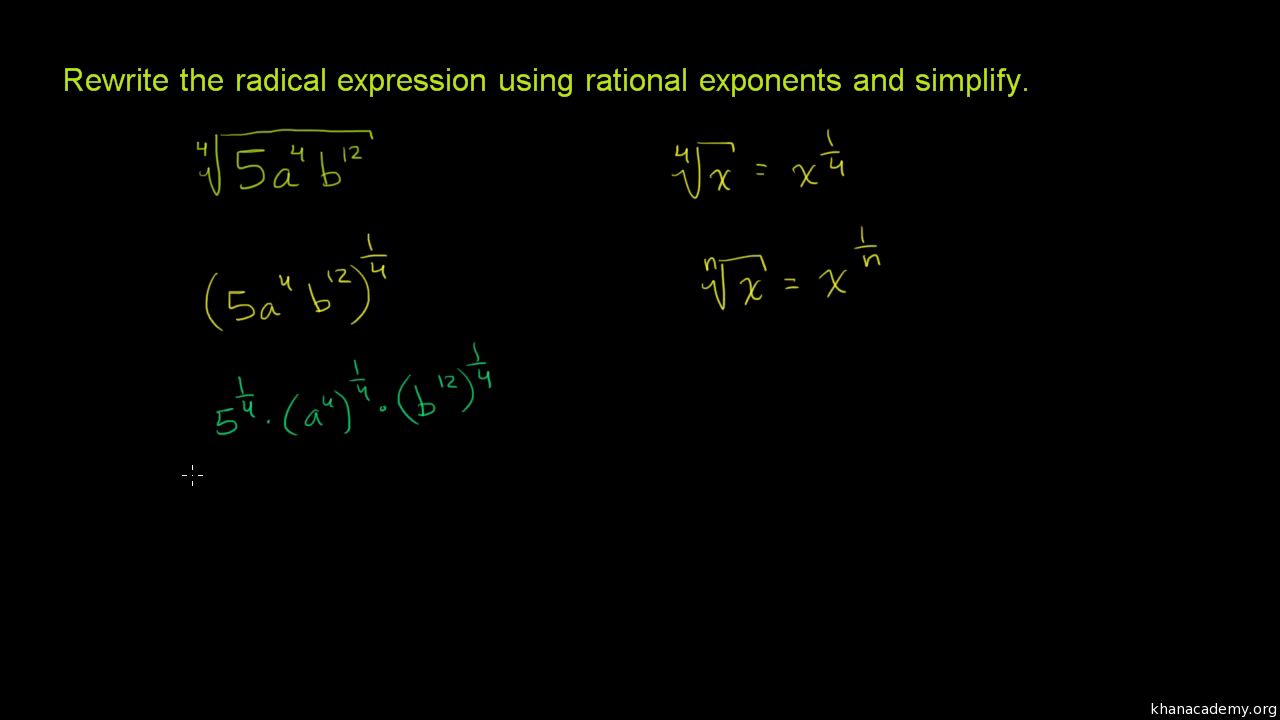

To date, the assessment to quantify severity of injury to autonomic pathways has not been well developed, and there is still no consensus on this issue ( West et al., 2013). This commonly manifests as neurogenic shock, orthostatic hypotension, autonomic dysreflexia, and cardiac rhythm disturbances ( Claydon and Krassioukov, 2006 Krassioukov and Claydon, 2006). Spinal cord injury (SCI) disrupts the descending autonomic pathways, resulting in a variety of dysfunction of the cardiovascular system related to the level and severity of injury to these pathways ( Alexander et al., 2009). Our results suggest that α(t) can reveal more detailed information in comparison to spectral measures and the standard DFA parameters.

However, none of normalized low frequency (0.04–0.15 Hz) power, the ratio of low frequency power to high frequency (0.15–0.4 Hz) power and long-term (>11 beats) DFA coefficient showed significant difference between healthy controls and subjects with SCI in the prone posture. α(t) at scales between 4 (0.25 Hz) and around 7 s (0.143 Hz) was lower in subjects with SCI than in controls in the sitting posture α(t) at a narrow range of scales around 12 s (0.083 Hz) was higher in participants with SCI than in controls in the prone posture. The sharp decreasing trend in α(t) in controls suggests a more complex dynamics of HRV in controls. The results showed that α(t) in healthy controls monotonically decreased with scale at scales between 4 and 12 s (0.083–0.25 Hz) in both the sitting and prone postures, whereas in participants with SCI, α(t) slowly decreased at almost all scales. We applied the proposed method to raw RR interval series.
Exponent hr series#
The simulation results on simulated monofractal time series with α between 0.5 and 1.3 showed that the proposed method can yield improved estimation of α(t). Because α(t) could be overestimated at small scales, we developed an approach for correcting α(t) based on previous studies. α(t) was calculated for scales between 4 and 60 s. ECG signals were continually recorded during 10 min sitting and 10 min prone postures. We studied 12 participants with SCI and 15 healthy able-bodied controls. This study aimed to investigate whether local scale exponent α(t) can reveal new features of HRV that cannot be reflected by spectral measures and DFA coefficients. HRV is commonly assessed by spectral analysis and detrended fluctuation analysis (DFA). Heart rate variability (HRV) is a promising marker for evaluating the remaining autonomic function in people with spinal cord injury (SCI). 5National Center for Supercomputing Applications, University of Illinois at Urbana-Champaign, Urbana, IL, USA.4Division of Disability Resources and Educational Services, University of Illinois at Urbana-Champaign, Champaign, IL, USA.3Department of Biomedical Engineering, Hungkuang University, Taichung, Taiwan.2Department of Biomedical Engineering, Xi'an Technological University, Xi'an, China.1Rehabilitation Engineering Laboratory, Department of Kinesiology and Community Health, University of Illinois at Urbana-Champaign, Champaign, IL, USA.Rice 1, Jeannette Elliott 4, Ian Brooks 5 and Yih-Kuen Jan 1 *


 0 kommentar(er)
0 kommentar(er)
